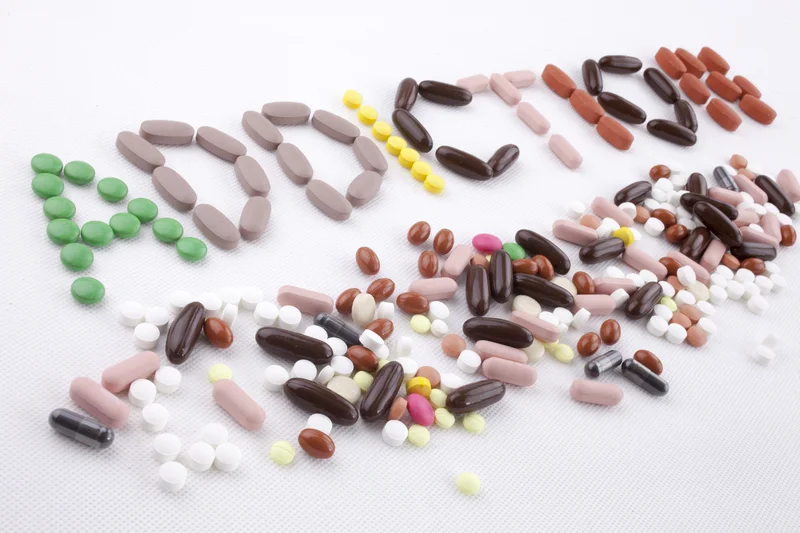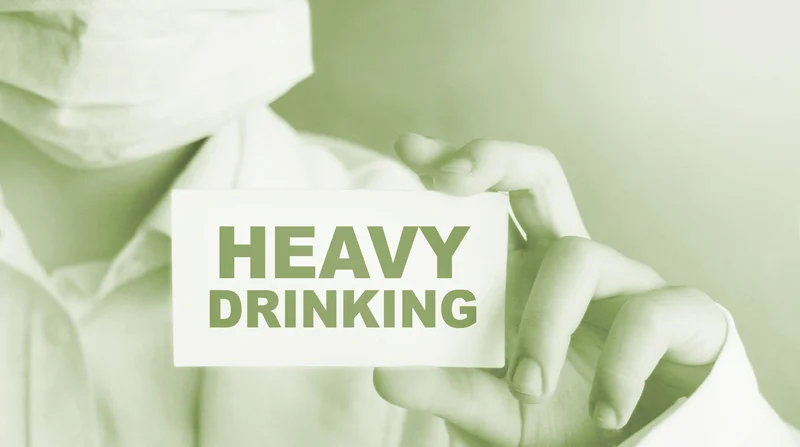
It can also interfere with the development of young people’s brains, resulting in lowered IQ scores. It activates reward circuits in the brain, leading to a feeling of euphoria, which can be habit-forming. It also interacts with neurotransmitter systems in stress and reward circuits, which can lead to brain function changes over time and contribute to alcoholism. Too much alcohol affects your speech, muscle coordination and vital centers of your brain. A heavy drinking binge may even cause a life-threatening coma or death. This is of particular concern when you’re taking certain medications that also depress the brain’s function.

What are the risk factors?

In cases of severe withdrawal, you could potentially experience tremors, hallucinations, or seizures. 12 These symptoms can be part of a potentially life-threatening condition called delirium tremens (DTs). Alcohol is a legal and readily available substance in the United States. The interaction between alcohol and dopamine, serotonin, and other neurochemicals produces feelings of euphoria and sedation.
What is an Alcoholic Brain?
The “habituation” of drinking is also a critical factor in developing alcohol addiction. Repeating the same action until it becomes an automatic response forms habitual behaviors. The more a person drinks, the likelier they are to become dependent on alcohol to manage stress and emotions. Alcohol use disorder is a pattern of alcohol use that involves problems controlling your drinking, being preoccupied with alcohol or continuing to use alcohol even when it causes problems. This disorder also involves having to drink more to get the same effect or having withdrawal symptoms when you rapidly decrease or stop drinking. Alcohol use disorder includes a level of drinking that’s sometimes called alcoholism.

Social Pressure

AUD can only be diagnosed by a licensed mental health professional, who evaluates your experience of alcohol use and misuse based on presence of 11 clinical criteria within the last year. Kathleen was born and raised in Denver, Colorado, but spent half of her life in California. She holds a master’s in clinical psychology with an emphasis on marriage and family therapy. Additionally, she has a master’s in holistic wellness and is trained in EMDR therapy for both in-person and virtual settings. Kathleen has more than 15 years of experience treating people who have a substance use disorder.
- According to the National Institute on Alcohol Abuse and Alcoholism, women shouldn’t drink more than one drink per day, and men shouldn’t drink more than two drinks per day.
- Alcoholism, referred to as alcohol use disorder, occurs when someone drinks so much that their body eventually becomes dependent on or addicted to alcohol.
- Kathleen was born and raised in Denver, Colorado, but spent half of her life in California.
- The main focus of AUD treatment is to help you stop drinking and realize that getting sober can improve your well-being and quality of life.
- Consistent use of an addictive substance can change a person’s brain and body chemistry.
If a person continues the pattern ofdrinking heavilyto reach a familiar level, eventually, they will begin to not feel ‘normal’ without some alcohol. This is known as a psychological addiction because the act of drinking alcohol becomes habitual and they need it in order to feel good or like their normal selves. Alcohol use disorder (sometimes called alcoholism) is a common medical condition. People with this condition can’t stop drinking, even if their alcohol use upends their lives and the lives of those around them. While people with this condition may start drinking again, studies show that with treatment, most people are able to reduce how much they drink or stop drinking entirely.
Alcoholic Life Expectancy: Using Calculators and Examining Overall Impact of Alcohol Abuse
- As individuals continue to drink alcohol over time, progressive changes may occur in the structure and function of their brains.
- About 1 in 12 adults in the U.S. are believed to misuse alcohol or have an alcohol addiction.
- Alcohol use disorder can include periods of being drunk (alcohol intoxication) and symptoms of withdrawal.
- Other than the brain telling someone he or she needs alcohol, why does someone drink?
- During this final stage of alcoholism, it is imperative the person seek help and stop drinking.
- Many people remain addicted to alcohol because they don’t want to face the withdrawal symptoms of drinking cessation.
Recognizing these health risks can encourage people to take the steps necessary to stop excessive drinking. BetterHelp can connect you to an addiction and mental health counselor. Because denial is common, you may feel like you don’t have a problem with drinking. You might not recognize how much you drink or how many why is alcohol addicting problems in your life are related to alcohol use.
- You should also consider attending a local AA meeting or participating in a self-help program such as Women for Sobriety.
- Genetic, psychological, social and environmental factors can impact how drinking alcohol affects your body and behavior.
- Psychological addiction is not a sign of weakness; it’s a medical condition that requires treatment.
- GLP-1s are approved to treat type 2 diabetes and weight management in people who are obese.
And toward the end of graduate school, I became increasingly interested in quantitative methods and the ways that quantitative methods can be used to improve psychiatric classification. I shifted my focus into the space of addiction on my post-doc. I spent five years at University of Missouri as a postdoc and research professor, where I moved away from studying classification of personality disorders and toward psychopathology more generally. I think of myself as a quantitative psychopathologist, though my personality training creeps in from from time to time, too.

Today, I have the pleasure of talking to Ashley Watts from Vanderbilt University. Ashley and her colleagues recently published an article on substance use disorders and the general addiction liability theory drug addiction treatment in APIS’s journal, Clinical Psychological Science. Join us as we discuss the importance of a quantitative approach to addiction across substances like alcohol, cannabis, with tobacco and opioids. People may also refer to alcohol use disorder as alcohol abuse, alcohol addiction, alcohol dependence, and alcoholism.
Common Questions on Alcohol Addiction
While alcohol is legal for individuals over the age of 21, it is a mind-altering substance that has a high risk of misuse and addiction. Justin was born and raised in Fort Collins, Colorado, where he began his clinical education at Colorado State University. He received his bachelor’s in health and exercise science with a concentration in sports medicine and eventually earned a master’s of psychology in addiction counseling. During his time as a therapist, Justin has worked in a residential addiction treatment facility, private practice, and outpatient settings. Psychological addiction to alcohol can have far-reaching consequences, affecting every aspect of an individual’s life.

Leave A Comment